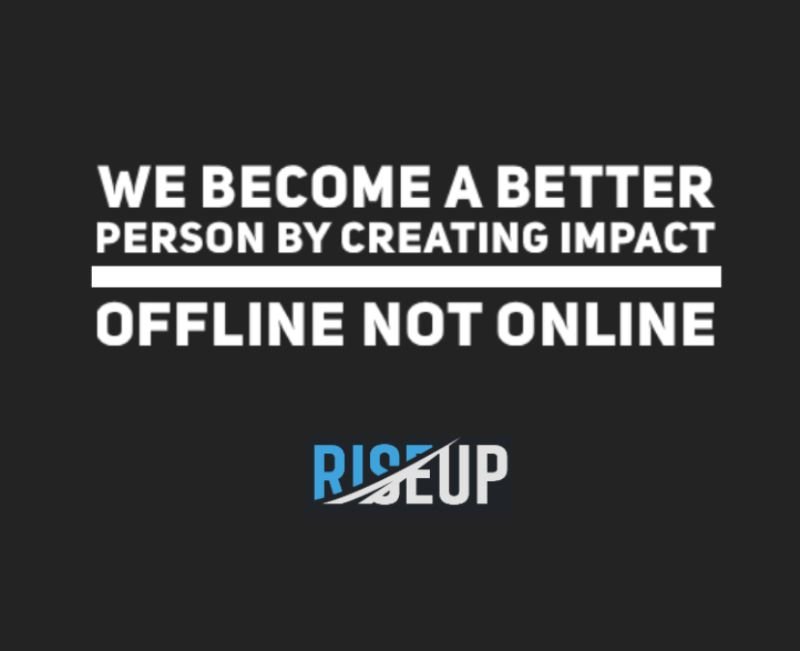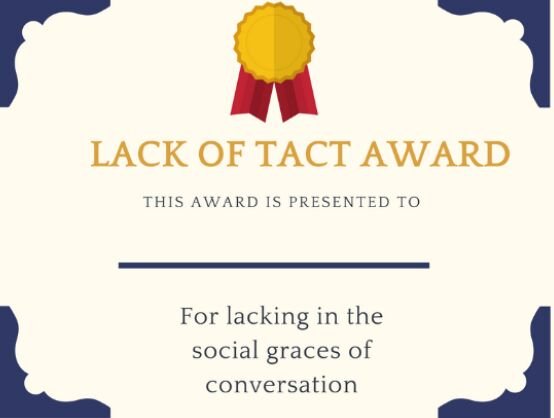
The craze over pouring a bucket full of ice over yourself, signalling your support and donation to the ALS cause, is worthy, But at the same time, it might just compromise the other group of needy people where water is scarce.
When I was stationed in Timor-Leste under the UN (formerly known as East Timor, a 3rd world country), we had to travel at least 5 to 10 km to get water from the well during the dry season.
The same goes for little kids with an empty pail walking 10 km to fetch water.
There are a lot of ways to donate to ALS and the needy. Recently in India, people placed rice in the bucket to the brim and passed it directly to the needy.
They called it the Rice Bucket Challenge. As we help the less privileged people, we help save water for the needy.
Having said that, let’s move forward to explore how the ice-bucket challenge became a ‘crazy’ movement. After all, it is not logical for anyone to pour water or ice over themselves, no matter how hot the weather.
As a behavioural expert, I am always interested in what influences people to do what they do. Let’s explore the spark that sets off a series of chain responses, and yes, we are more easily influenced than we think.
Here are the influence lessons from the ice-bucket challenge we can learn and apply it positively in our workplace.
1. #Authority As The Spark.
It all started when I came across a short YouTube video of Mark Zuckerberg from Facebook doing the ice-bucket challenge and challenging Bill Gates to do the same.
Following suit is a short video of Bill Gates designing the ‘ice bucket mechanism’, and yes, pouring ice and water on himself. A movement had begun.
There is an assumption that when the people in authority do something, we assume they should be doing the ‘correct’ thing.
At times, we did not challenge the ideas and asked, “is there a better way to do this?”
We can learn from this short encounter that if we need to ignite a change (i.e. movement), it is necessary to engage a leader with positive authority and credentials to create a spark for the cause.
However, the leader who is igniting the spark needs to be someone whom people perceive to be credible and people-oriented.
In your organization, you need leaders who are genuinely interested and passionate about people to ignite that spark.
Getting a CEO for the sake of authority does not work unless the CEO is equally, if not more than, purposeful about the cause and the organization’s transformation.
2. #Likability Create The Chain Effect.
We would usually follow people who are like us. Not all people like Mark Zuckerberg or Bill Gates.
After all, we only have seen them on videos and television. But those who love them carry out the challenge to their circle of friends. The ripple effect starts when you are to nominate 03 other persons whom you either love or hate to the ice-bucket challenge.
It does not matter who started the spark anymore, the friends and colleagues you nominated are in the rhythm of things, and the likability effect takes over.
We nominate people like us, and they nominate people who are like them to have fun and, yes, donate to a worthy cause. And a worthy cause drives the behaviour forward, especially for people who are not too sure about using the bucket.
Likability takes place unconsciously within an organization. We know that people are likely to help us if they like us. It is about building a genuine relationship.
A genuine relationship will allow people to go the extra mile for you, which includes pouring ice and water over their heads! Just kidding.
But we know where this is taking us. We need the likability power to create a chain effect. Without likability, any effort is limited.
Unfortunately, in our current system, we bump into people who use people and love things more than love people and use things.
3. When #Social Consensus Takes Over, This Is Where The Fire Begin.
The ice bucket is on the edge of a ‘social norm’.
When everyone you see on Facebook is about someone pouring ice and water over themselves. It became so close to you when your friends started doing it, and you worry whether they will tag your name on Facebook because you will be next!
It became ‘normal’ to pour ice on yourself simply because everyone you know is doing it.
The emotional part of us takes over. But I sensed that something was missing by now. “Do people know what they are doing and what they are doing for?”
The craze seems to be everyone pouring ice and water in groups of 3 to 5 to 10 people, even in teams. This is where it amplifies, and you wonder whether they still remember the ALS cause.
Because it became all fun, and yes, it was fun, but do people still remember the cause associated with the movement?
It is vital in an organization when we are igniting behaviour change; we must constantly remind people of why they do what they do. If not, they will eventually be lost in their daily activities and forget why they are doing what they are doing.
In Summary
We are more easily influenced than we think we are. It did not occur to me after much later that there was a better way to do this. Why does India introduce the Rice Bucket and not the ice bucket?
The reason is simple; they may face different human challenges. It may be that hygiene water is scarce in India, and having rice is equally, if not more important, and they place it as a high priority.
We tend to waste resources perceived as plentiful to us and forget about alternative needs that are ‘screaming’ for support.
In an organization, it is tempting to follow what other organizations have done and pour an ‘ice bucket’ on one’s head because other ‘successful’ authorities have done so.
Before we pour another ice bucket over another person, ask, “What is another better alternative that can serve the best of both worlds?” Most often than not, the answer is quite simple.
This is Joseph@RISEUP Signing Off.
May You TRANSFORM, FLOURISH AND PROSPER in the brand new world!
#riseup #riseupglobal #showup #leadership #team #motivation #inspiration #motivation #influence

